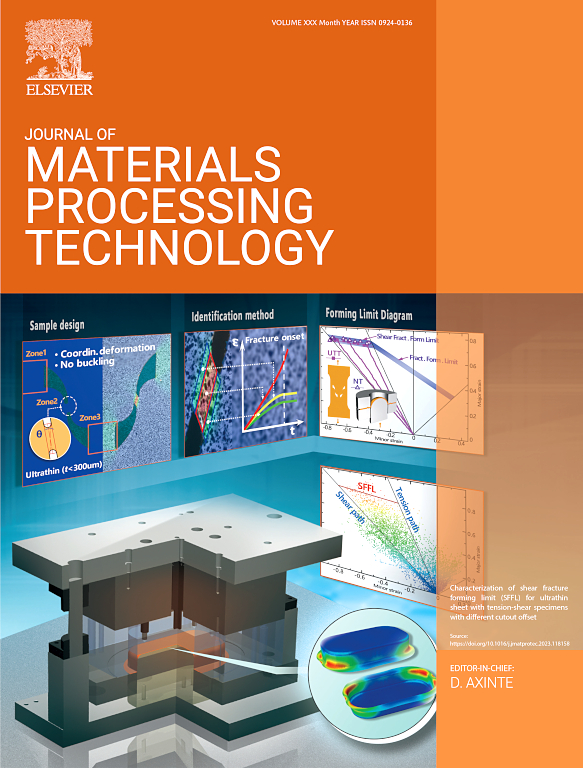The interfacial bonding strength of Ti/steel clad plates is a crucial factor that affects their application. However, the effect of the surface state, which is a significant determinant, is often neglected. In this study, various surface treatment processes were employed to create different surface states based on the hot-rolling of double-layer steel billets, and the effects and mechanisms of these surface states on the bonding performance of hot-rolled Ti/steel clad plates were systematically examined. The results showed that the Ti/steel clad plates pretreated with a louver wheel exhibited the highest bonding performance, with the average bonding strength peaking at 328.67 MPa and stabilising at approximately 300 MPa. This strength was approximately 50 % greater than that achieved with wire brush treatment and significantly surpassed the results obtained with sanding belts and diamond grinding discs. The analysis of the surface properties and microstructural characteristics revealed that various surface treatments led to different levels of work hardening and lattice distortion at the surface, and the interface bonding strength depended on the degree of matching between these factors. Proper surface hardening can promote the transformation of lattice distortion energy into a diffusion-driving force of elements on both sides of the interface during rolling, enabling sufficient diffusion of elements on both sides of the interface and obtaining good interface bonding performance. A phenomenological prediction mechanism-based model was established to quantify the relationship between the surface state and the bonding strength. This study elucidats the mechanism by which the surface state of materials influences the interfacial bonding performance of hot-rolled Ti/steel clad plates. These findings have significant implications for enhancing the interfacial properties of these composite plates and for selecting suitable pre-rolling surface treatment processes.


